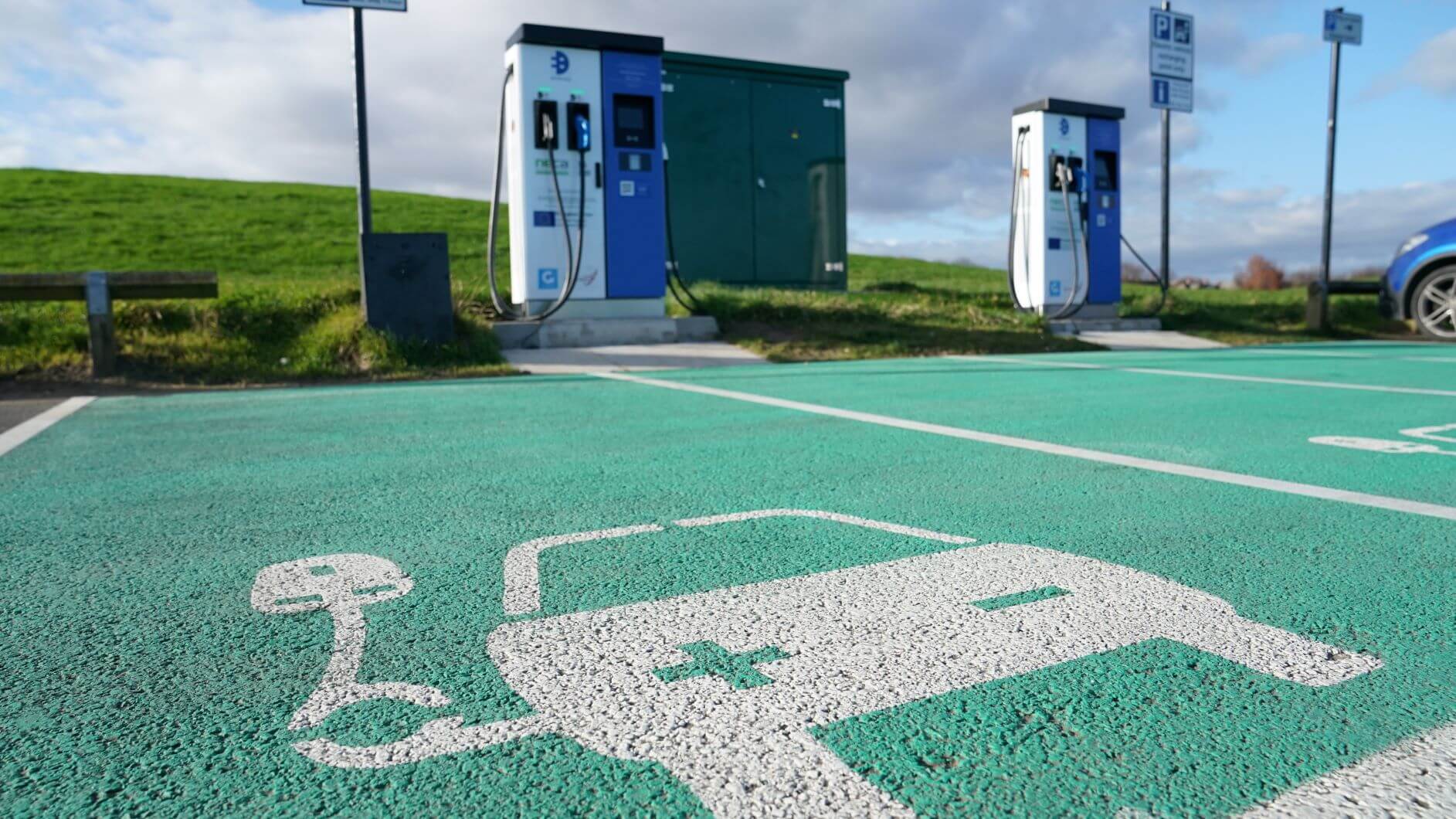
While it might seem like quite a while ago now, the budget outlined by Rishi Sunak on the 11th March brought in some measures which, were it not for the pace global events, would still be dominating the news cycle.
Among the more eye-catching of these was a change to the way that the plug-in grant works.
What is the plug-in grant?
For the uninitiated, the plug-in grant is the governments way of subsidising the adoption of more efficient electric vehicles. Through it, buyers can slash the cost of a new electric vehicle by a given proportion, up to a maximum.
Both figures will vary according to the type of vehicle being purchased. For example, buyers of new cars can discount 35% of their purchase, up to a maximum of £3,000. In the case of bikes, it’s 20% up to a maximum of £1,500. You’ll find a full explanation of the various bands on the government’s own website.
What are the changes?
In the budget, Mr. Sunak made available a further £129.5m in order to continue the fund up to 2022-23. With that said, he also made a few adjustments in the other direction – previously, the cap for new cars was £3,500.
On top of these, cars costing more than £50,000 have been excluded – which will surely see quite a few vehicles of this type being made for an RRP of exactly this figure.
The boundaries for other kinds of vehicle remained largely unchanged. Note that the price limit applies to the base price for the car, before additional extras are bolted on.
This isn’t the first downward revision of this allowance. The scheme was first introduced by George Osbourne in 2011, and was set at £5,000. This figure has slowly dwindled over the years, in response to the electric car industry’s improving ability to stand on its own two feet.
To begin with, the subsidy applied to hybrid cars as well as fully electric ones – but this has since been tightened to exclude hybrid cars with a range of less than seventy miles at zero emissions.
This adds to a host of exemptions for zero-emissions vehicles, including for the congestion charge and company car tax. Tesla are among the most notable such vehicles – you can lease a Tesla and accrue many of these benefits.
Government estimates put the amount of new cars being provided for at 134,000. Their figures also show that, since the inception of the scheme, around 200,000 ultra-low emissions vehicles have been subsidised, including 100,000 zero-emissions.
If the UK is to meet the government’s goal of achieving carbon neutrality by 2050, then this adoption will have to quickly expand as battery efficiency improves and the charging infrastructure expands.
Thanks for signing up to Minutehack alerts.
Brilliant editorials heading your way soon.
Okay, Thanks!